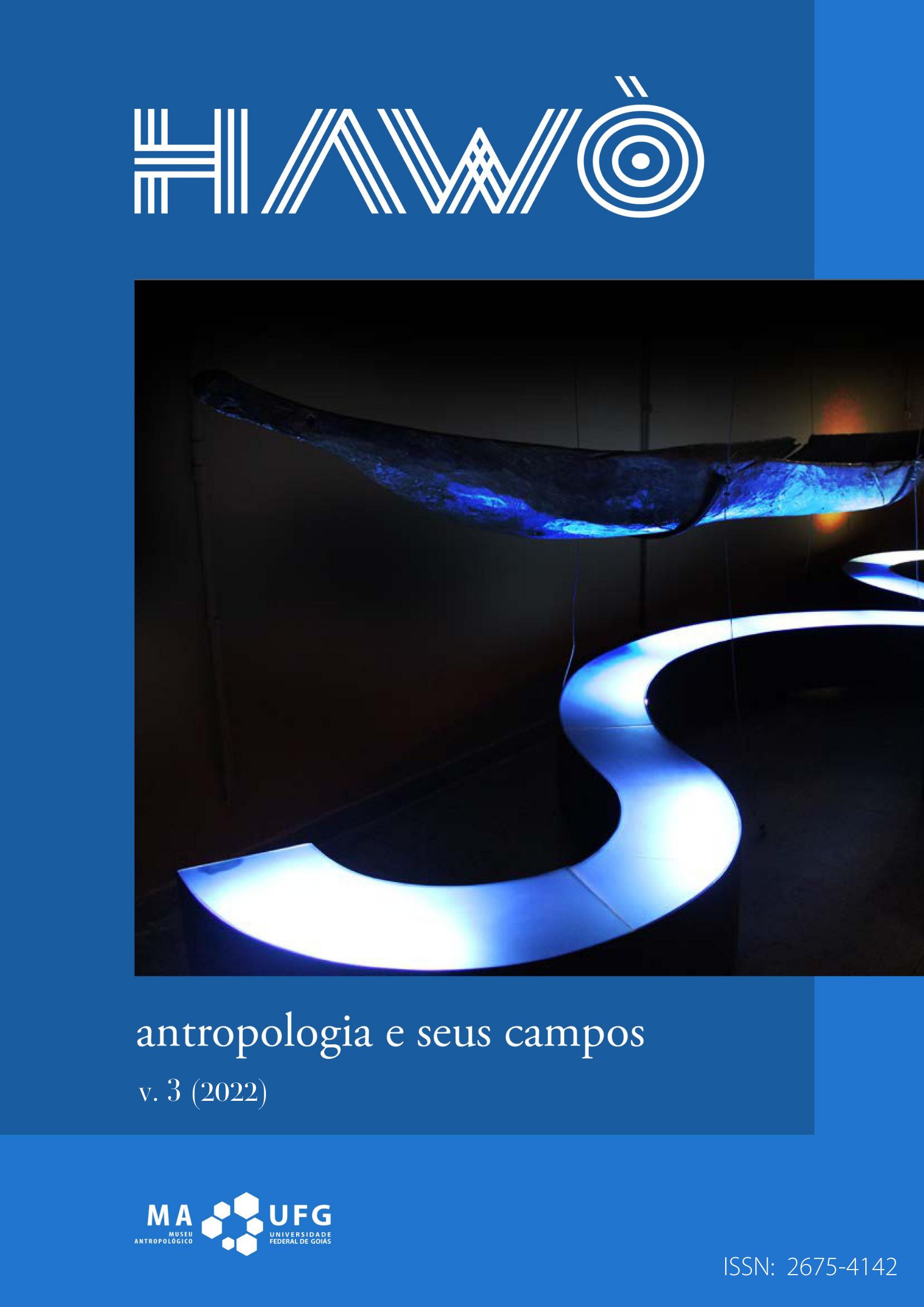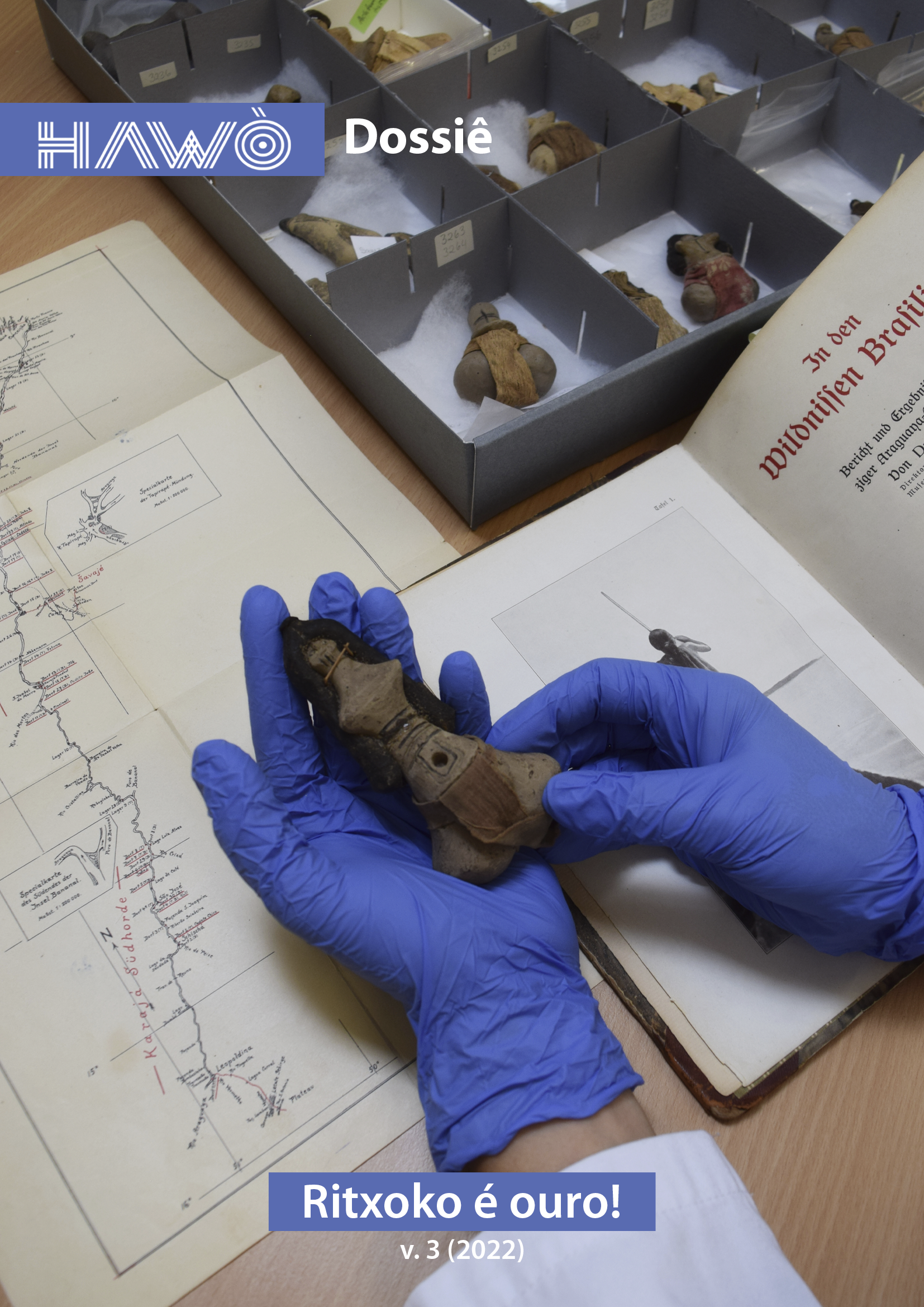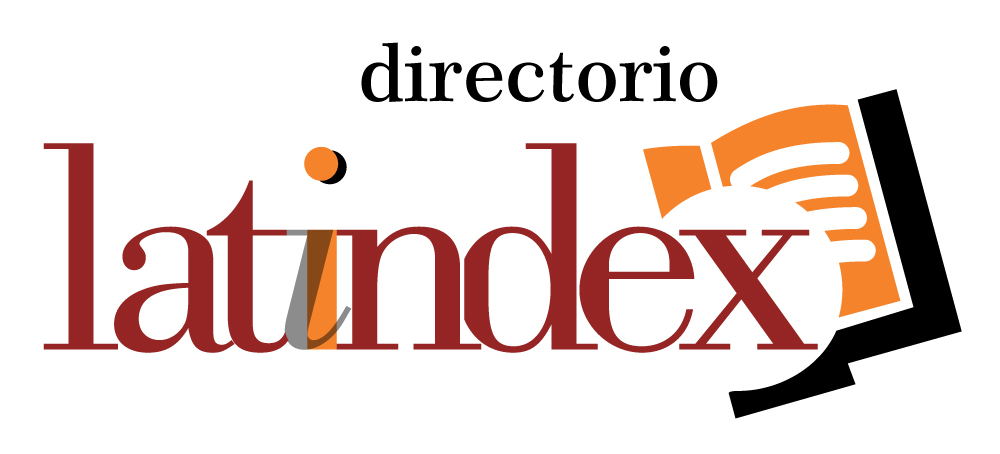Vol. 3 (2022): "Ritxoko is gold!"

In this issue, Revista Hawò publishes the results achieved so far by Karajá Presence project: material culture, weaves and colonial transits', reviewing four years of work, since its start. Throughout this time the project mapped collections of ritxoko, known as 'Karajá dolls', in seventy-seven Brazilian and foreign museums, at the same time that it sought to rebuild the paths that resulted in these collections, the networks of relationships formed among researchers, institutions and Karajá indigenous groups and the women who make these dolls, originally a children's toy. Moreover, it studied these artefacts focusing on body adornments and costumes used to 'dress' these dolls. As it is an interdisciplinary project that encompasses the fields of Anthropology, Museology, Archaeology, among others, we are interested in receiving articles and research results, carried out in different parts of the world, in which the interfaces of these fields can get into the discussion. Especially welcome works that, in perspective mentioned above, are committed to indigenous cultures and the understanding of their insertion in contemporary times, especially in museological and cultural heritage circuits.
With this publication, we intend to foster and expand the debate on the forms and impacts that the return or sharing of ethnographic collections with indigenous peoples bring to the different actors involved in processes of selection, acquisition, documentation, conservation, education, exhibition and interpretation of these collections safeguarded in museums. The title "Ritxoko is gold!" takes up a phrase by Mahuederu, master ceramicist, using, in her speech, the symbolic and economic values linked to her craft-work. For this issue, we are also interested in papers discussing the themes mentioned above, which involve other circulations of ritxoko, not only linked to its institutional preservation but also commercial circuits and tourism sector. Last but not least, we intend, at the confluence of these researches, to contribute to the discussion of the pedagogical potential these collections studies bring to the field of museum education and teachers' training at all levels of education. Perhaps indigenous teachers can present their texts!







